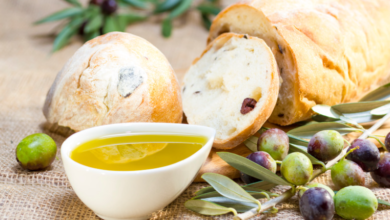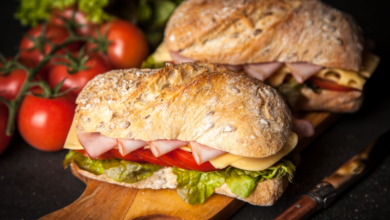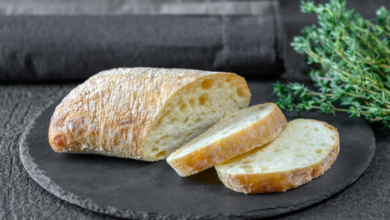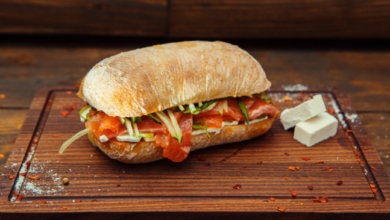Why Didn’t My Ciabatta Rise? Check These Tips
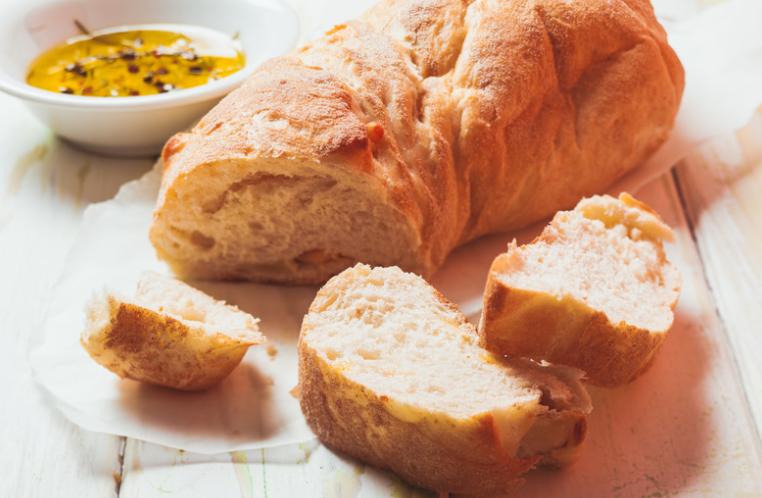
What To Know
- If the oven is not hot enough or the dough is placed in a cold spot, it may not rise properly.
- Proof the dough in a warm, humid environment, such as a turned-off oven with a bowl of hot water.
- Bake the bread on a preheated baking stone or pizza stone to provide a hot, even baking surface.
The allure of ciabatta bread lies in its airy, open crumb and crispy crust. However, the pursuit of this culinary delight can sometimes lead to setbacks, with one of the most common being a failure to rise. If you’ve encountered this frustrating issue, this comprehensive guide will delve into the potential reasons why your ciabatta didn’t rise and provide solutions to help you achieve the perfect loaf.
Common Causes of Ciabatta Not Rising
1. Lack of Yeast or Weak Yeast
Yeast is the driving force behind bread’s rise. Insufficient or weak yeast can prevent the dough from expanding. Ensure you’re using fresh, active yeast and follow the recipe’s instructions for activating it.
2. Incorrect Water Temperature
Water temperature plays a crucial role in yeast activity. Too cold water will inhibit yeast growth, while too hot water will kill it. Use lukewarm water (95-105°F) to create an optimal environment for yeast.
3. Insufficient Kneading
Kneading develops the gluten in the dough, giving it the elasticity needed to trap carbon dioxide and rise. Inadequate kneading can result in a dense, flat loaf. Knead the dough thoroughly until it becomes smooth and elastic.
4. Over-Fermentation
Fermentation is essential for bread to rise, but over-fermentation can lead to a collapsed loaf. Monitor the dough during the first rise and punch it down if it becomes too puffy.
5. Insufficient Second Rise
After shaping, the dough requires a second rise to proof before baking. Ensure it has enough time to rise in a warm, humid environment. If the second rise is insufficient, the bread may not expand fully.
6. Too Much Flour
Adding too much flour can stifle yeast activity and prevent the dough from rising. Stick to the recipe’s measurements and avoid over-flouring during kneading.
7. Cold Oven or Baking Environment
Bread rises best in a warm oven and baking environment. If the oven is not hot enough or the dough is placed in a cold spot, it may not rise properly.
8. Poor Hydration
Ciabatta dough is known for its high hydration, which contributes to its airy texture. If the dough is too dry, it will not rise as well. Ensure the dough is sufficiently hydrated by adjusting the water content as needed.
9. Incorrect Shaping
Improper shaping can hinder the dough’s ability to rise. Ciabatta dough should be gently shaped into a loose, oblong shape to allow for expansion during baking.
10. Overcrowding
Placing too many loaves in the oven at once can restrict airflow and prevent even rising. Ensure there is adequate space between the loaves to allow for proper heat circulation.
Troubleshooting Tips
- Use a bread machine to ensure accurate kneading and fermentation.
- Add a small amount of sugar to the dough to feed the yeast.
- Proof the dough in a warm, humid environment, such as a turned-off oven with a bowl of hot water.
- Check the oven temperature with an oven thermometer to ensure it is accurate.
- Allow the dough to rise until it has doubled in size before baking.
- Bake the bread on a preheated baking stone or pizza stone to provide a hot, even baking surface.
In a nutshell: Mastering the Art of Ciabatta
Achieving the perfect ciabatta loaf requires patience, precision, and attention to detail. By understanding the common causes of failed rising and implementing the troubleshooting tips provided, you can overcome this challenge and create a delicious, airy ciabatta that will impress your taste buds.
Information You Need to Know
Q: How can I activate dry yeast?
A: Mix the yeast with warm water and a pinch of sugar. Let it sit for 5-10 minutes until it becomes foamy.
Q: Can I substitute bread flour for all-purpose flour in ciabatta dough?
A: Bread flour has a higher protein content, which can make the dough more difficult to work with. If you don’t have bread flour, you can substitute all-purpose flour, but the bread may not rise as high.
Q: How do I know if my dough is over-fermented?
A: Over-fermented dough will be very puffy and may have a sour smell. It may also collapse when you punch it down.
